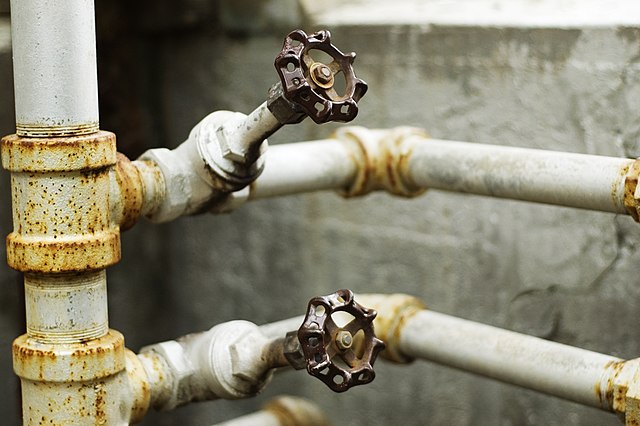We just learned about the Czech Hedgehog.
Another type of castle fortification is a Caltrop.
These are kind of like the Czech Hedgehogs as they are spikey things on the ground, but they are a lot smaller.
Caltrops would be put out over where enemies would be marching, so that they had to walk slowly and carefully to try and not step on one of the spikes.

(from: wikipedia - caltrop)
Kid Facts - Blast from the past: Catherine Palace





